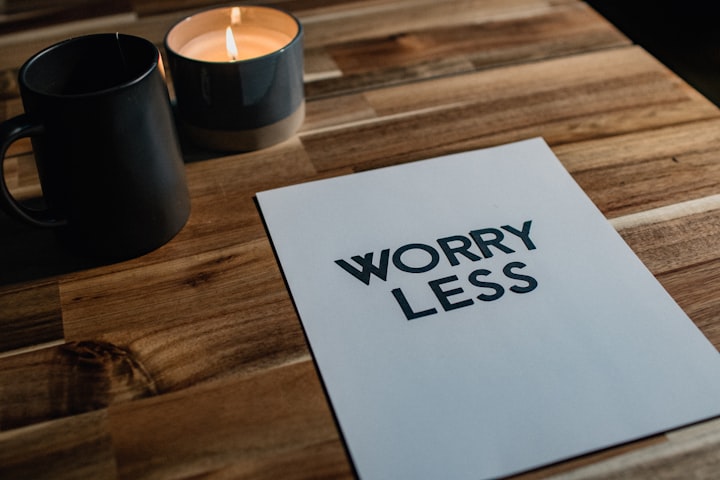How to get rid of dry eyes
How to get rid dry eyes

Dry eyes, also known as eye syndrome, can make it more difficult to work and less time with family and friends. Dry eyes are more common in older adults, according to the American Academy of Ophthalmology (AAO), which affects 4.88 million people aged 50 and over in the United States. Changing lifestyles and finding simple home remedies for dryness is a good first step in treating this condition.
If symptoms persist or cause pain or discomfort, make an appointment with an ophthalmologist as soon as you can get an eye test. If your condition continues to worsen, your pain increases, or your eye color changes, see a dermatologist immediately. Make an appointment with an ophthalmologist today, complete an online survey, or call (602) 603-4247.
If you are wearing contact lenses, you should consult your optometrist to determine if the type of contact lenses are irritating to your eyes. Over-the-counter eye drops and artificial tears can help reduce symptoms when working with a source of allergies. If artificial tears do not cause inflammation, your doctor may recommend steroids or eye drops to reduce the symptoms and their causes.
For decades, pulse light (IPL) has been used to treat rosacea skin, including eyelids, which contribute to dry eyes. Treatment includes the use of eye drops and moisturizing eye drops.
This article discusses the causes and symptoms of arthritis, how people react to it, medications, and other natural remedies. Below is a list of dry eye treatments that can be used by ophthalmologists to reduce the symptoms or signs of the disease. Successful treatment of dry eyes requires that you be prepared to follow the dentist's recommendations and use the products he or she recommends.
Depending on the cause and the severity of your condition, your eye specialist may recommend eye treatment or a combination of treatments. In mild cases, dry eyes can be caused by computer use, reading, homework, or other causes of the condition. Dry eyes are often treated with artificial tears or other eye drops. Other treatments can improve the quality of your tears or prevent your tears from drying out of your eyes.
In addition to artificial eye drops, some doctors recommend the daily use of prescription eye drops (called Restasis by Allergan) as a treatment for dry eye. In the case of artificial tears, it is recommended to use Restasis eye drops, as this is an effective and quick relief method that contains a unique liquid solution that reduces inflammation, increases natural tears, and stops the appearance of dry eyes. There is also a new type of eye formula similar to Restasis in the US.
Dry eyes are not caused by a lack of tear production or care. Over-the-counter (OTC) eye drops are designed to treat dry eyes. If you suffer from chronic dry eyes, your own eyes cannot shed enough tears to be helpful.
Dry eyes are an incurable condition that occurs when your eyes cannot shed tears or retain the essential oils and moisture in your eyes. If artificial tears do not solve the problems of inflammation, your doctor may recommend steroids or eye drops to treat irritation and dry eyes. These are short-term solutions that use steroids or small drug solutions, but the drugs may not even make them visible to the naked eye.
Artificial tears lubricate the corneal surface (residual Astasis), reduce inflammation and encourage the body to produce more natural tears. When there is an imbalance or deficiency in the lacrimal system, the tears evaporate and the person develops dry eyes. Insufficient tears cause the eye to dry out.
Xiidra (called eye-drug) works against the unpleasant symptoms of dry eyes. This procedure reduces eye irritation and removes oil that accumulates in the eyelids, improving the quality of the tears. Another side effect of treatment is the melting of open vessels, which are associated with inflammation and contribute to the symptoms of dry eye.
Consider adding to your diet the fatty acids found in foods such as salmon, sardines, anchovies, and flaxseeds. Studies have shown that the use of fatty acids stimulates the production of tears, produces high-quality tears, and soothes the eyes. It appears that the oily skin enhances the eye oil film produced by the Meibo gland at the edges of the eyelid.
According to a study published in the Journal of Investigative Ophthalmology and Visual Science in 2014, insomnia can reduce tearing fluid and disrupt the tear film. Although fish oil is safe, the Mayo Clinic warns that suppressing the body's immune system increases the risk of bleeding.
There are many factors and conditions that can cause dry eyes, such as medication, time spent looking at your phone or computer, excessive blinking, exposure to smoke or dry air, contact lens wear, and aging. Warm pressure and exfoliation can give temporary relief and make you feel good, but it doesn’t help with dry eyes. If your dry eye is the result of Meibom gland dysfunction (MMD), for example, warm-up massage is not enough to promote oil production and cleanse your lacrimal tissue.
This is followed by washing the eyelid with a warm compress (see below) so that the eyes get moisture again. Warm compress increases blood circulation to the eye area and stimulates the production of tears.
Low humidity, strong winds, dust, cool air, heat, and smoke can lead to temporary drowsiness and irritability. A procedure called intensive light therapy followed by cutting the eyelid has been shown to help people with severe dry eyes. Hot irons are another way to close oil glands, but it is unclear if they offer the benefits of a warm compress.
We recommend the use of eye drops in conjunction with a reduction in drug allergies or medications to alleviate the symptoms of allergic pain and delayed long-term elimination. Controlling blood sugar levels and following your doctor's instructions for eating a healthy and nutritious diet can reduce the risk of nerve damage and improve the symptoms of dry eye. If the symptoms persist or worsen or if you experience new symptoms, it is time to see a qualified ophthalmologist.
About the Creator
Sita Dahal
Hello, I am Sita Dahal, I am an artist and love roaming around the globe.





Comments
There are no comments for this story
Be the first to respond and start the conversation.